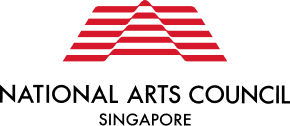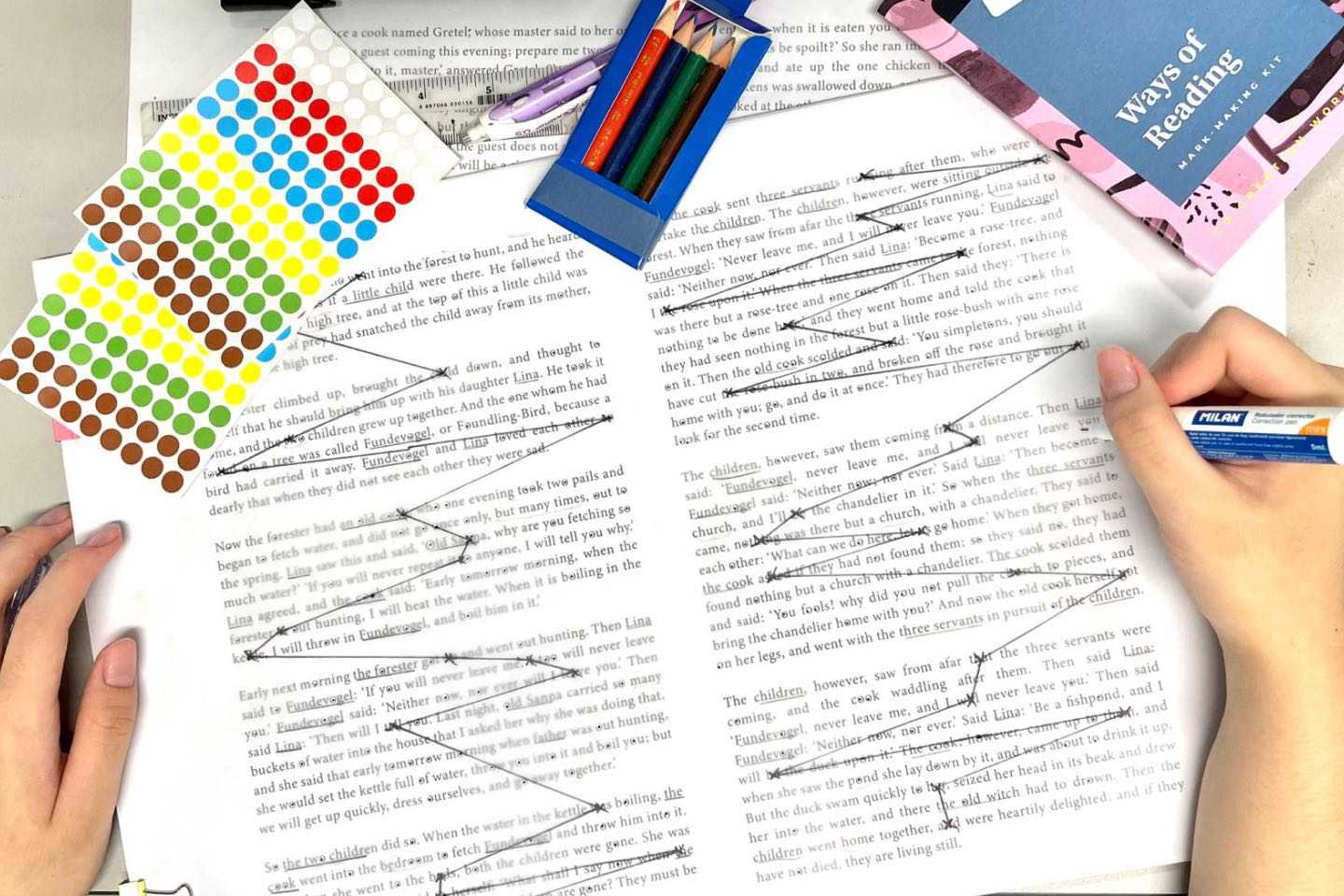
Organisation Transformation Grant Case Study
Co:Creation Workshop - Digital Visual Arts Programmes
Download the full case study below:
Project Overview
Co:Creation Workshop is a social enterprise founded with the aim of harnessing art in experimental and accessible ways to bring innovative and purposeful art workshops and experiences to people. In doing so, it believes in enabling artists to be agents of change in society, and hopes to provide sustainable revenue models for artists. True to its mission, the project researched and documented the process of creating purposeful digital visual arts education programmes, and equipped artists and educators with the essential tools and skills to execute the programmes successfully.
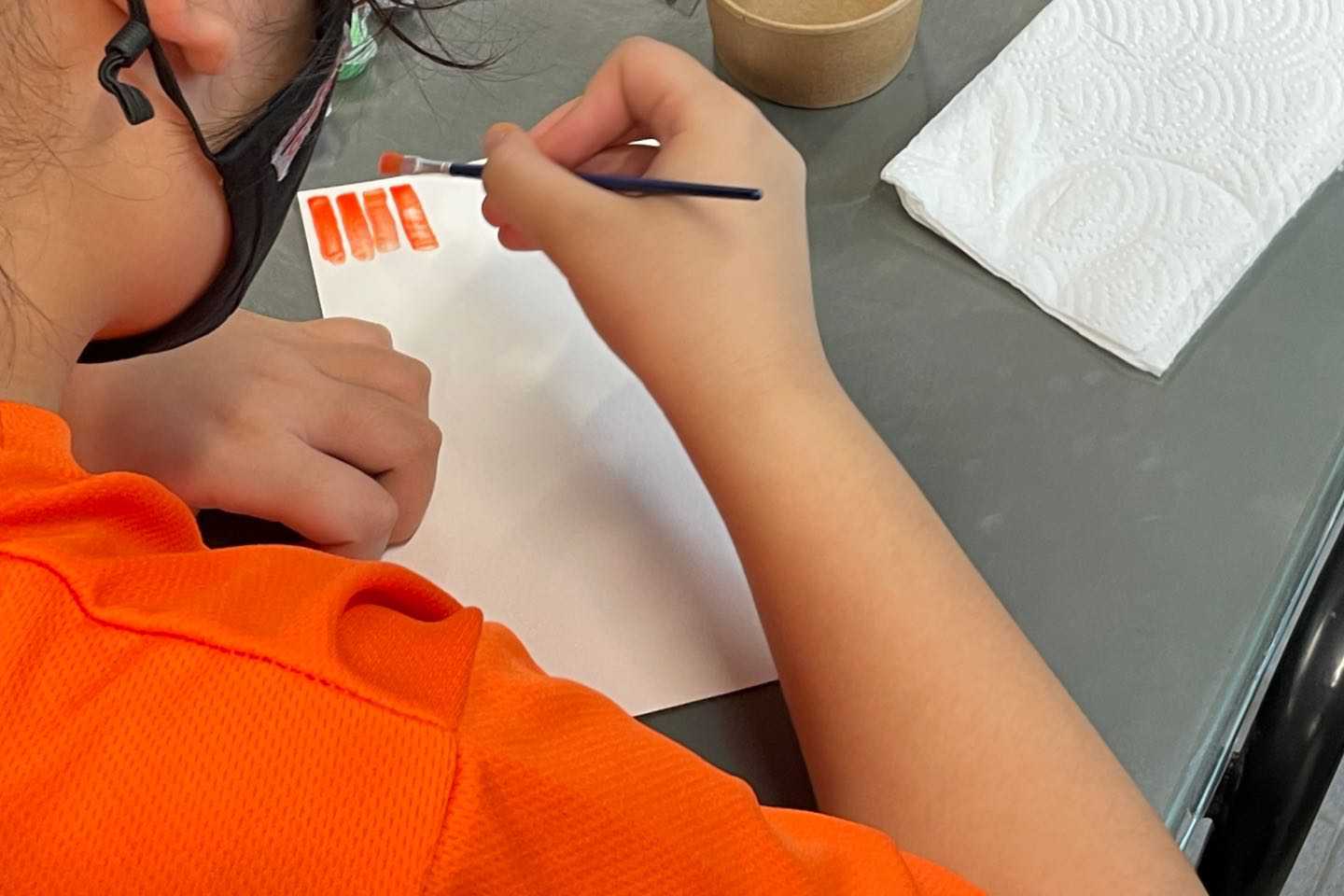
Challenge
An artist’s ability to translate existing products, services and programmes into digital experiences creates better odds of surviving the COVID-19 pandemic. But arts education providers typically lack time, resources and expertise to design successful digital programmes to teach visual arts online.
The Vision
Co:Creation Workshop set out to change the perspective that the online experience of learning a visual art technique is inferior and less fulfilling than an onsite experience. They hoped that successfully-run online visual arts programmes will open up opportunities in new markets and revenue streams for artists, art education facilitators and providers.
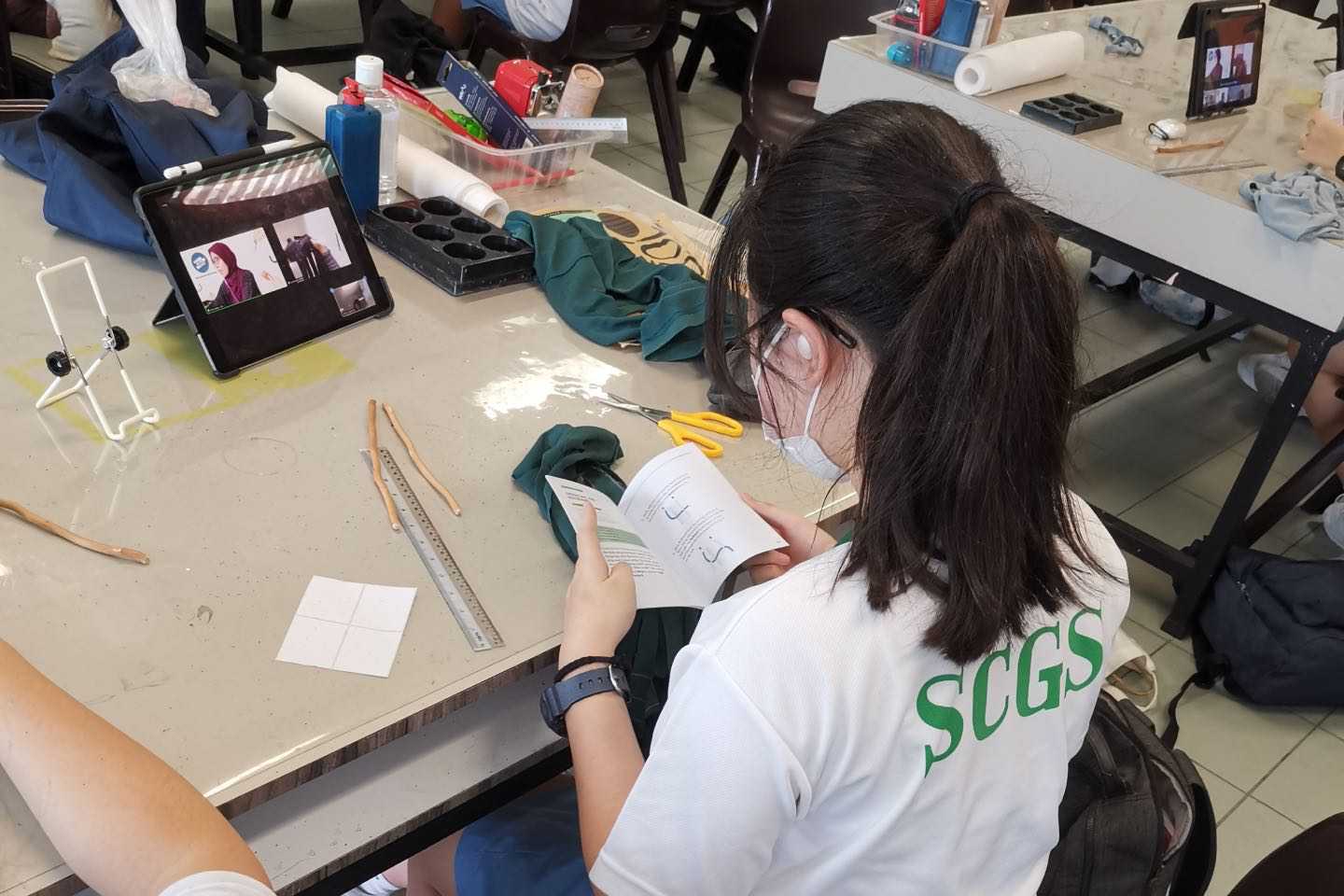
Outcomes in a Nutshell
A Guide to creating an online visual arts education programme (download here)
8 digital programmes offered, up from 2
24 digital programme facilitators trained
80 hours to develop a digital programme, down from 160 hours (50% time savings)
Impact
Co:Creation Workshop has helped develop a deeply-researched, robust and clear process for creating successful ‘phygital’ (physical and digital) learning programmes in visual arts. Learning visual art online is now more accessible and tailored to the learner’s ease with digital learning; artists and educators are trained and equipped with the skills to design and operate an online programme; and artists are paid equitably for their contribution.
An unexpected outcome of this transformation project was that by capturing an artist’s processes and letting people reinterpret it, not only is the artist’s legacy kept alive but art becomes more democratic.
3-2-1 Learnings
“Transformation is about going through the process and learning from it, rather than making a perfect outcome.”
3 Must-Dos
Things you must absolutely get right
- Set broad aims or goals for transformation, but leave room for imagination.
- Be disciplined in documenting. Processes are by nature very transient. “Reflect on what you’ve gone through, deepen the learning,” said Samantha.
- Do market research and determine your price point. “We outdid ourselves in terms of the product”, recounted Samantha. The current quality of the workshops and the physical kits suited a different market with a stronger spending power and higher demands for quality. Schools, on the other hand, are more budget conscious and may not be able to afford the current price point of the programmes.
2 Do-Next
Critical next steps to sustain the effort
- Create different versions of the physical kits for different target markets.
- Try out the digital programmes with different audiences, such as the public and persons with disabilities, to test response and expand reach.
1 Do-Differently
What they wished they had done differently from the start
- Not waste too much at the start planning the entire project from A-Z, but rather ‘just jump in and do’. The nature of a transformation is that one can never foresee how it would go, so plan just enough but not too much.
Challenge
An artist’s ability to translate existing products, services and programmes into digital experiences creates better odds of surviving the COVID-19 pandemic. For Co:Creation Workshop, this meant pivoting visual arts education programmes to digital platforms in order to meet the safe distancing requirements by client organisations and schools.
But arts education providers typically lack time, resources and expertise to design successful digital programmes. Moreover, learning visual arts online is largely still a big question mark. Can learning visual art techniques online be ever as effective as face-to-face learning? Is physical proximity a precondition for a good visual arts education experience? Could certain art techniques that require more spatial and tactile exploration be successfully brought online?
The Vision
Co:Creation Workshop challenged themselves to unlock and document a process of creating an online visual arts learning experience that is just as fulfilling and as good as a physical class. They also aimed to equip artists with the skills and tools to create successful online programmes, with all the different considerations such as programme design, digital assets, physical kits and scripts. Part of their vision was to also make the online workshops accessible to participants with disabilities.
At the end of the day, Co:Creation Workshop hoped to see a wider variety of visual arts education programmes in the market, and generate more sources of revenue for visual artists.
The Journey
Discovery. Learning-by-Doing. Overcoming Challenges.
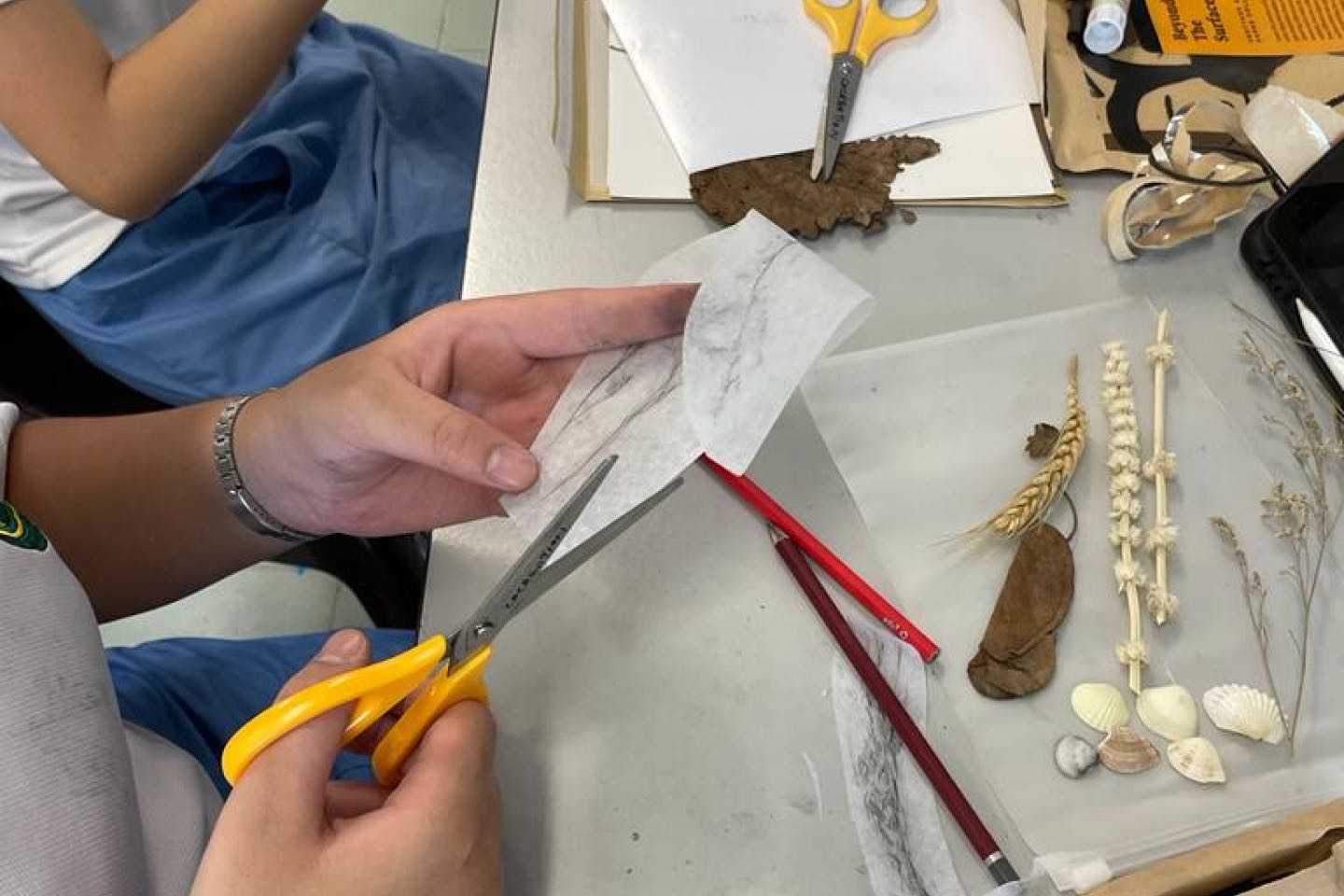
Co:Creation Workshop is a social enterprise founded with the aim of finding sustainable revenue models for artists and to enable artists “to be agents of change in society”, said co-founder Samantha Tio. Both Samantha and her co-founder Tan Peiling are visual arts practitioners who also volunteered heavily in the social sector. They observed two issues: firstly, it is always a challenge sustaining oneself as a visual artist; secondly, there were not enough programmes in visual arts education.
They set up Co:Creation Workshop to combine their visual arts practice with their drive to serve the social sector. “We were set up in January 2020, right before the pandemic started!” laughed Samatha. “It forced us to pivot early, to fail fast and learn fast. I’m glad it happened in our early days as a start-up, rather than later,” she opined.
The newly born company quickly applied for NAC’s Digital Presentation Grant (DPG) to create digital assets. They experimented with different technological set-ups for different modes of communication, and created a model for persons of disabilities to create their own workshops. Their learnings from there gave them the confidence to scale further, when the Organisation Transformation Grant (OTG) came along.
Process
The preparation and execution of new online arts education programmes required intensive research and development. Co:Creation Workshop first focused on art techniques that required more tactile and spatial understanding, and adopted a lean methodology.
They developed 8 digital programmes across a wide range of visual arts techniques, such as Macramé, making images from thinner transfer techniques, paper collages, and mindfulness watercolour paintings. Each digital programme had a documented workflow, a lesson plan with facilitation guidelines, and a physical kit prototype.
Co:Creation Workshop was keenly aware early on that robust programme evaluation would be key to the transformation. They developed metrics to evaluate the effectiveness of the programmes, and created survey tools for both students’ and teachers’ feedback.
Product
They explored whether various digital tools (such as Mentimeter, Miro, Google Earth, Google Arts and Culture) could be incorporated to create content and interactivity. In the end, they settled on Padlet and Kahoot. They tested the best ways to capture and channel facilitation cues (i.e. cameras from multiple angles and pre-recorded videos).
An even more important element of the programmes was the design of physical kits, containing arts tools and materials. “During the digitalisation grant we created the digital assets first, then the physical kit – but we realised that it should have been the other way round,” said Samantha. So for the OTG project, the team really focused on the prototyping, design and dispatching of physical kits, ensuring that they had thought through logistical issues, such as making sure the items were well-packed, safe and lightweight enough to courier.
People
When the pandemic broke out, many educators did not have the knowledge and skills to bring their visual art lessons online. Co:Creation Workshop wanted to provide capability training for artists and educators to help them pivot digitally. They captured all the learnings from trialling the 8 digital programmes into a best-practice open-source “Guide to Online Facilitation” (download here).
The Guide provides essential skills and resources for artists and educators to design and deliver an online visual arts programme. It covers practical matters such as digital tools for greater engagement. For example, the guide explains, “Kahoot... is great for checking in on what participants have learnt from the session. It can also be administered at the beginning of the session as a fun way to gather a baseline understanding of what the participants already know about a certain technique.” The guide also contains a comprehensive checklist to set up a conducive environment to operate a digital class.
The guide also covers soft skills of facilitation and engaging audiences. For example, it humorously describes: “Be Captain Obvious. Verbally acknowledge events that you are seeing on your screen (e.g. focused participants, laughing participants). Doing this seems counterintuitive but such feedback goes a long way in establishing presence no matter how far you and the participants are located from each other.” The Guide urges facilitators to review their recordings of the session and reflect upon their facilitation.
Reflections
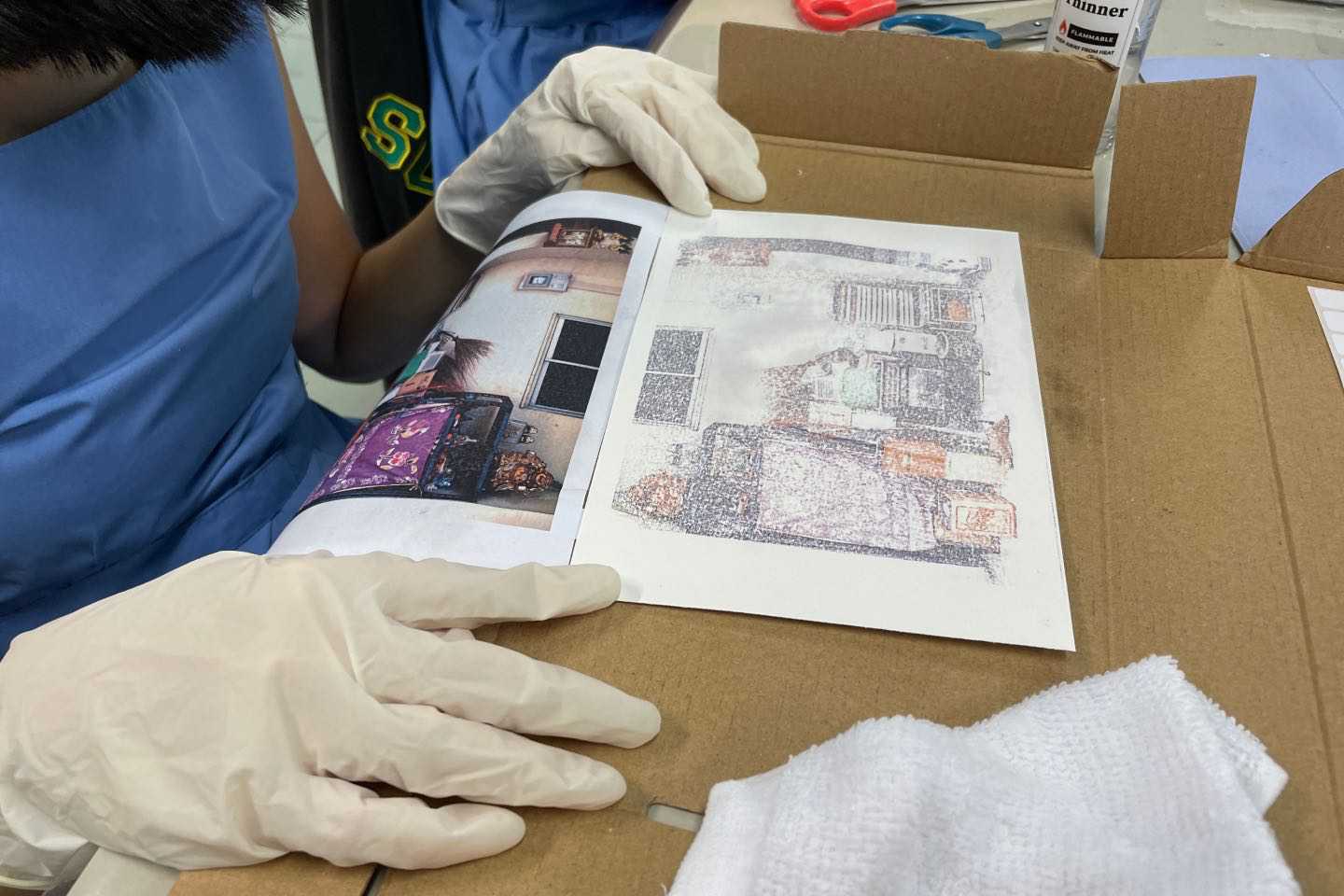
Looking back, Samantha recounted that it was extremely challenging trying to find the right people to come onboard the project team, given the manpower crunch during COVID-19 and the fact that they could only offer short-term contracts. Also, it was her first time attempting to hire a UX consultant, and she discovered her budget was lower than a typical UX consultant pay scale. But they still pulled together a complete, highly-engaged team within budget.
How?
“Because Co:Creation Workshop had a very strong social mission, a lot of people felt connected to our vision and the intentions of the project became a stronger draw factor than the remuneration,” shared Samantha. The team had fun, “They got to visit artists’ studios, observe and document the artistic process and most of the time they would tell us ‘It’s so fun!’”
Working on the OTG project brought back excitement in art again. Samantha observed that the team got a high from interacting with artists and seeing the students interact with their product. “There’s such diverse ways of creating art, and we were touched by the generosity of the artists who really wanted to share their practices and were open with it, and generous with their time.” Samantha believed that Co:Creation Workshop secured healthy interest and participation from visual artists because “we believe in an equitable pay model for artists, and in paying artists their true value. We are transparent about the number of hours and the hourly rate we will pay.”
Reflecting on the outcomes, Samantha felt that the process generated “an alternate form of curating”. “Normally we curate completed works of art for exhibiting in a gallery or museum,” elaborated Samantha. “By the time an audience experiences the product of curation, it is already ‘end-of-life’.”
“What we have found is that by recording and translating artists’ practices and processes, we are curating things that are alive. And by transferring those practices at the pedagogical level, every kid can take the practice and make it their own. You can see an artist’s process spawn into many different imaginary forms. Art suddenly becomes very democratic,” she said.
Being deeply steeped in the social impact world, Samantha and Peiling had always been naturally influenced by human-centred design and participatory design tools. By applying those to art, they realised they could “redefine what an artist is.” An unexpected outcome of this transformation project was that by capturing an artist’s processes and letting people reinterpret it, the artist’s legacy is kept alive.
At the end of the day, digital itself is not the barrier. Samantha said that everyone started out with the assumption that face-to-face learning for visual arts is superior to digital. “But youths are digital by default,” said Samantha, “The kids are telling us ‘we love learning online too’.”
“The barrier is the mindset that our generation has towards digital interactions,” reflected Samantha. “It is fraught with technical challenges but once this is overcome, it can also expand our horizons, especially in the sector of art and education."
This project has been supported by NAC's Organisation Transformation Grant. For more information and resources on NAC's grant schemes, please visit: https://www.nac.gov.sg/

